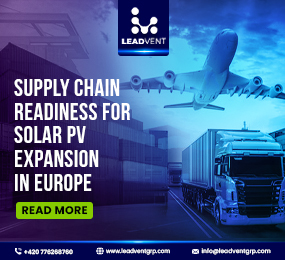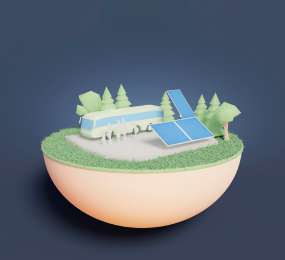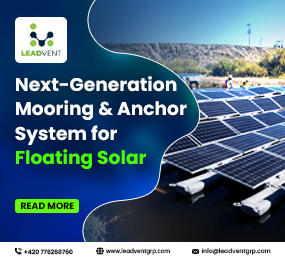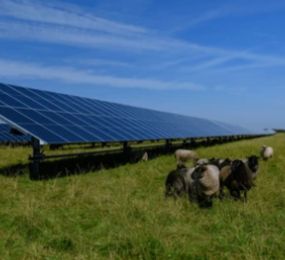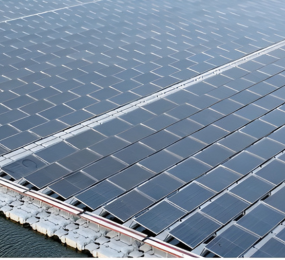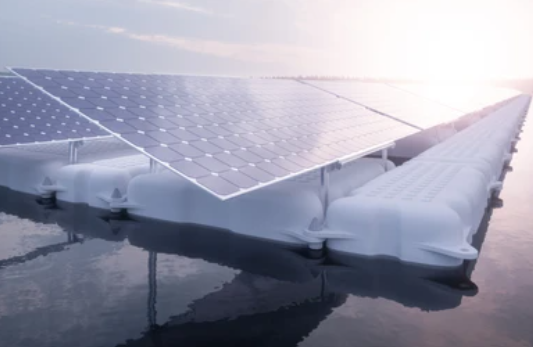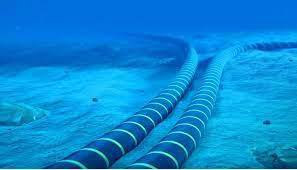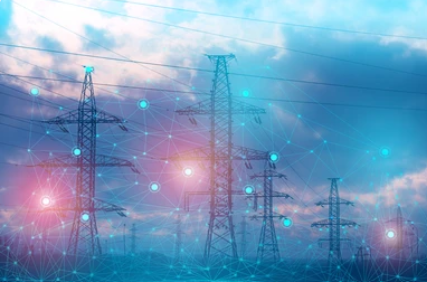As the world accelerates its transition toward clean energy, solar power continues to play a pivotal role. While traditional ground-mounted and rooftop solar installations dominate the landscape, a new player is rapidly emerging—floating solar panel technology. These innovative systems are transforming idle water bodies into productive energy sources and opening up new possibilities for land-scarce or water-rich regions.
From Asia to Europe and the Americas, floating solar projects are gaining momentum, driving discussions at key industry events such as the Solar Power Forum. In this blog, we dive into the global growth of floating solar panels, market trends, regional leaders, and what the future holds for this game-changing segment of the solar industry.
The Rise of Floating Solar Panel Installations
Floating solar panel systems, also known as floating photovoltaic (FPV) systems, are mounted on buoyant structures that allow them to sit on the surface of water bodies—such as lakes, reservoirs, and even coastal areas. These installations provide a unique solution to two key challenges: land scarcity and water evaporation.
Global floating solar capacity has been growing steadily over the past decade. As of 2024, the total installed capacity worldwide surpassed 6 GW, with projections estimating a jump to over 13 GW by 2030, according to reports from the International Renewable Energy Agency (IRENA).
This growth has been driven by several factors:
- Increased global focus on climate change and decarbonization.
- Rising energy demands in urban and industrial zones.
- The need to reduce competition between solar infrastructure and agricultural land.
- Technological advances that have improved the efficiency and durability of floating platforms.
Key Market Insights
1. Asia-Pacific Leads the Way
The Asia-Pacific region remains the clear leader in floating solar development. Countries like China, India, South Korea, Japan, and Thailand are home to some of the world’s largest FPV installations.
China alone accounts for more than 40% of global floating solar panel capacity, supported by strong government backing and policy incentives. India has also launched several large-scale projects on water reservoirs, especially in states like Kerala and Madhya Pradesh.
South Korea’s Saemangeum project, a 2.1 GW floating solar farm currently under development, is set to become one of the largest in the world.
2. Europe’s Strategic Push
Europe is increasingly turning to floating solar panel technology to meet its renewable energy targets, especially in countries with limited available land. The Netherlands has embraced FPV on artificial lakes and sandpits, while France, Portugal, and Spain are expanding floating solar projects on hydropower reservoirs.
The European Union’s Green Deal and regulatory support are providing the financial and political foundation for FPV expansion.
3. Emerging Opportunities in North America and Africa
In the United States, floating solar is still in its early stages but growing rapidly, especially in California, Florida, and New Jersey. Municipal utilities and water districts are leading the way, installing FPV systems on drinking water reservoirs and wastewater ponds.
Africa, with its vast inland water bodies and high solar irradiance, holds untapped potential. Countries like South Africa, Kenya, and Ghana are exploring pilot projects that could open the door for broader adoption.
Benefits of Floating Solar Panels
Floating solar panel installations are gaining favor for multiple reasons beyond their renewable credentials:
- Efficient Land Use: They free up valuable land for agriculture, infrastructure, or conservation.
- Reduced Water Evaporation: Covering water surfaces helps retain water in reservoirs, which is crucial in drought-prone areas.
- Improved Solar Efficiency: Water bodies help cool the panels, improving efficiency compared to land-based systems.
- Synergy with Hydropower: FPV systems can be co-located with hydropower plants, sharing grid infrastructure and balancing generation.
These combined benefits are frequently highlighted at events such as the Solar Power Forum, where industry leaders discuss optimizing resource use and climate resilience.
Technological Innovations Driving Growth
The success of floating solar panel technology depends on continued advancements in several areas:
- Buoyancy and Anchoring Systems: Modern FPV structures are designed to withstand wind, waves, and varying water levels.
- Modular Designs: Easy-to-assemble modular systems reduce installation time and costs.
- Hybrid Systems: Combining FPV with energy storage or hydropower plants enhances grid reliability and flexibility.
- Monitoring and Maintenance Tech: IoT-enabled platforms help monitor performance and detect issues in real time.
These innovations were major discussion points at the recent Solar Power Forum, where experts emphasized the importance of technology in accelerating global deployment.
Challenges to Consider
Despite its promise, floating solar still faces some challenges:
- Higher Upfront Costs: FPV installations can be 10–15% more expensive than ground-mounted systems.
- Environmental Impact Assessments: Installing panels on water bodies requires careful study of aquatic ecosystems and biodiversity.
- Standardization: The lack of global technical standards for FPV systems poses risks for developers and financiers.
However, as the market matures and more case studies emerge, many of these hurdles are being addressed with new guidelines and innovative solutions.
Looking Ahead: The Future of Floating Solar
The floating solar panel market is set for exponential growth over the next decade. Governments, developers, and investors recognize the potential of FPV to contribute to sustainable energy goals while addressing land use constraints.
Key trends to watch include:
- Integration with battery energy storage systems (BESS)
- Development of offshore floating solar farms
- Inclusion in national renewable energy tenders
- Collaboration with climate resilience and water conservation initiatives
Participation in forums like the Solar Power Forum is essential for industry stakeholders to stay informed, share knowledge, and forge strategic partnerships.
Conclusion
Floating solar panel installations are no longer a niche concept—they are a vital component of the future energy mix. As nations push toward net-zero targets and land availability becomes increasingly constrained, floating solar offers a smart, scalable, and sustainable solution.
By leveraging technological advancements, favorable policies, and global collaboration through platforms like the Solar Power Forum, the floating solar industry is poised for a decade of transformative growth.


